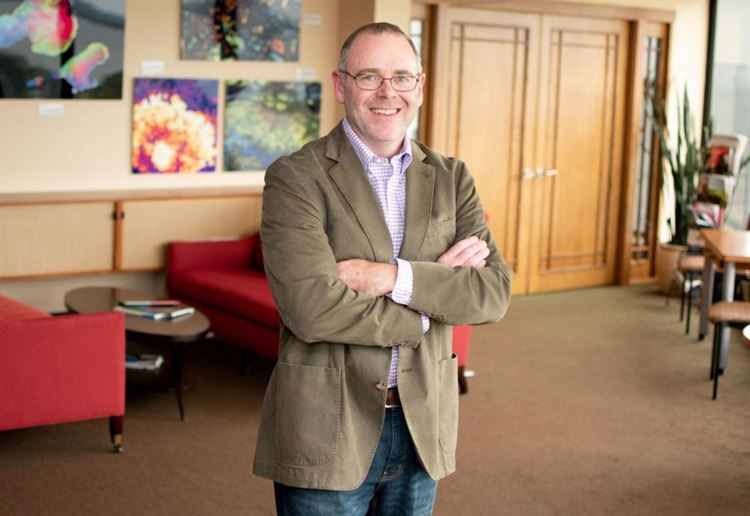11.11.18 | Wisconsin State Journal | Andy DeTienne | Original Publication

One of the highlights of my career came in August 2017 when a Milwaukee Brewers fan, once paralyzed from the chest down, threw out the opening pitch in a game against the Cincinnati Reds.
Lucas Lindner had suffered a severe spinal cord injury in a car accident and his prognosis wasn’t great. But after he underwent experimental stem cell treatment from technology patented by the Wisconsin Alumni Research Foundation (WARF), he was able to regain use of his arms, hands and fingers.
I don’t have the words to describe my feelings that day.
I started out in information technology at IBM in Chicago, but I grew more interested in biotechnology and eventually jumped at the chance to enter a graduate program at UW-Madison that combines science and business. That led me to WARF about 12 years ago, where I license technologies involving human embryonic stem cells.
Those were still the early days of human stem cell research and our mission was to figure out how to make this technology available for research, research products and therapeutics.
I wanted to equalize access to the technology so that start-up companies, mid-sized biotech firms and large pharma had equitable license structures. It was important to WARF to make stem cell breakthroughs accessible to the world.
Over time, we have arranged about 70 licensing agreements and more than 700 patents.
We have, for instance, helped UW-Madison cardiologists develop patents for making heart cells, or cardiomyocytes, from stem cells. Other researchers are working on neurons for the brain.
There is also a category of patents for the material in which cells are grown. Some of the newer technologies are coming out of the engineering college, where researchers are designing better surfaces on which to cultivate stem cells. The shape of the containers and materials they are made of can be really important.
That leads us back to Lucas Lindner.
Some years ago, a researcher named Dr. Mike West read about UW-Madison researcher Jamie Thomson’s work on a cross-country flight and was so intrigued that he changed his plans when he landed and came straight to Madison.
He was interested in the material that sheathes spinal cords and thought stem cell technology developed here might be used to help repair damaged material.
West and his company, Geron, ended up as one of our licensing partners and conducted the first human clinical trial in the United States using cells derived from Thomson’s initial discovery. A few years later, Lindner would receive his treatment under another West company, Asterias Biotherapeutics.
Seeing Lindner throw that ball from his wheelchair was a “wow moment” for us. We at WARF play only a small role in the effort to translate basic science into effective treatments, but it’s great to have been part of this success story.